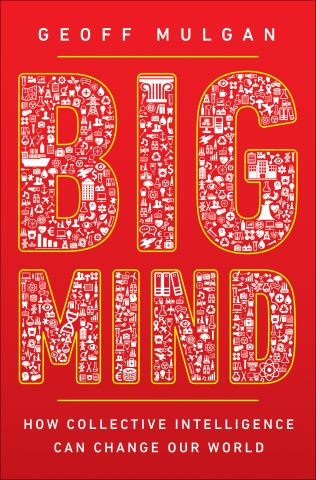Sloan Management Review, January 3, 2017
by Theodore Kinni
Collective intelligence is nothing new. Back around 400 BC, the Greek historian Thucydides described how a “great many” soldiers counted the bricks in the wall of a besieged town and their individual totals were compared to determine the correct height for the assault ladders needed to capture it.
Geoff Mulgan, CEO of Nesta, the U.K.’s National Endowment for Science, Technology and the Arts, and a senior visiting scholar at Harvard University’s Ash Center, relates the story in his insightful new book, Big Mind. The book is about how the “collective” in collective intelligence works. That is, of course, a very timely topic now that technology has not only enabled us to muster larger collectives of intelligence than ever, but also has expanded them to include smart machines. Witness the entire open-source movement.
Big Mind is notable for a number of reasons. One of them is that we don’t have a lot of guides for managing and optimizing collective intelligence, in contrast to the shelves and shelves of books describing how to optimize the output of individual brains. Another reason is the five fundamental principles that Mulgan offers, in the excerpt below, in a nuanced answer to the question: “What is it, at the micro and macro levels, that allows collective intelligence to flower?” Read the excerpt here
















No comments:
Post a Comment